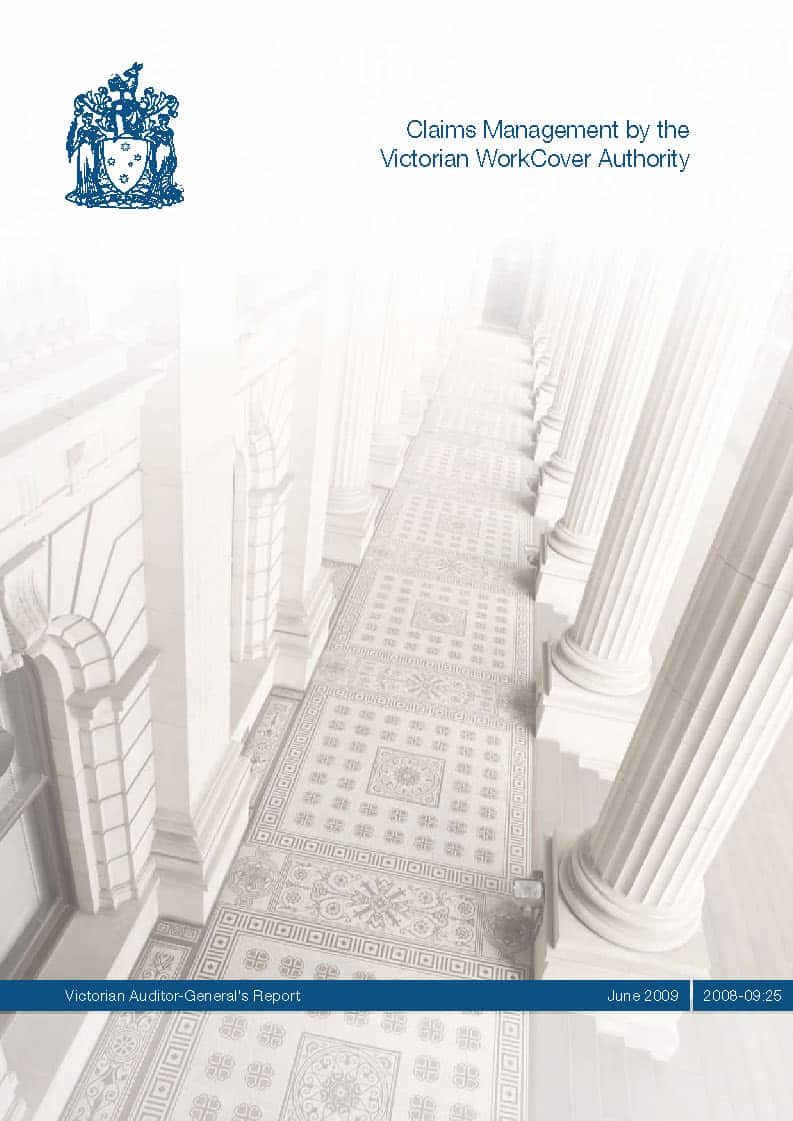In March 2008, in Western Australia, a 22-year-old worker was crushed to death when a stack of veneered chipboard sheets toppled onto him. This sparked an audit campaign of the cabinet-making industry in 2009 by WorkSafe WA about which some results were released on 12 January 2010.
Such results are not often covered in this blog but the number of improvement notices provide a useful summary of the persistent hazards present in this industry and on machinery that is used in a variety of workplaces. Continue reading “Cabinet-making compliance”


